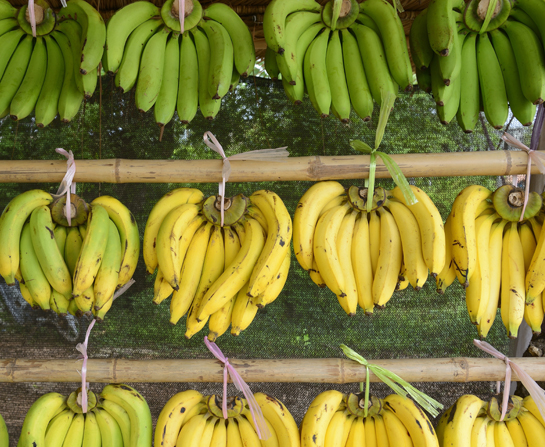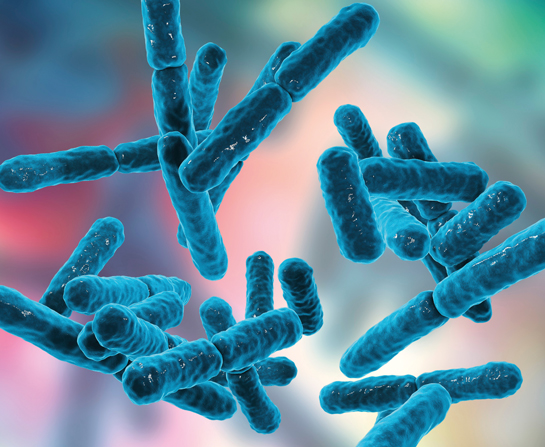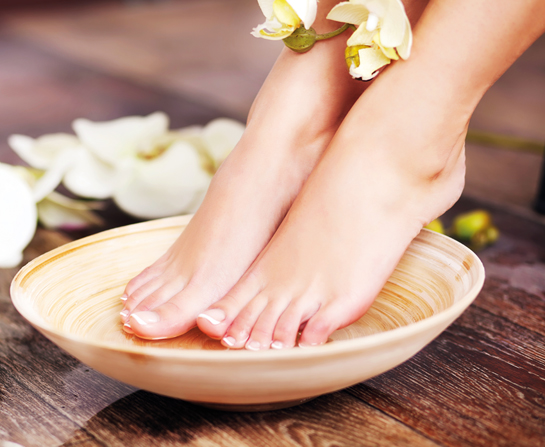Banananana…
May 8, 2022 Return

WORDS PANK JIT SIN
The banana is a fruit almost everybody enjoys. It’s nowhere quite as divisive as durian or pineapple and is generally well-received by everybody. It can be found pretty much all year round in a tropical country such as ours. Banana is a versatile plant indeed and the entire tree can be used. Let’s delve a little deeper into this super plant.
HISTORY
Bananas belong to the genus known as Musa. Most modern cultivars (varieties) come from two main species and their hybrids—Musa acuminata and Musa balbisiana. There are about 70 known species within the genus with the most famous being the Cavendish or Montel banana. In fact, the Cavendish is so popular that banana holders and protectors are made to hold only the Cavendish. However,connoisseurs of banana are quick to say that it’s one of the least attractive taste wise. The general consensus among this writer’s friends and family is that pisang raja and pisang udang, which has a purplish-reddish hue on the skin, are the best in terms of texture and taste. Cavendish tends to be bland, fluffy and sweet without the rich,creamy texture and fragrance of our local varieties.
While bananas are part of our natural heritage, they have a long history of domestication. Originating from South Asia, the mighty banana was brought by Arabian traders around 320 B.C. to Africa and the New World (Americas and Oceania). The mass production of bananas began in the 1800s and started to really take off in the late 1880s.
The most widely grown cultivar (or strain) of banana in the early 20th century was the Gros Michel. However, the cultivar was susceptible to a fungus from the Fusarium genus and being a single species with little to no genetic diversity, the entire population crashed. The disease, going by the name of fusarium wilt, led to the shift in propagation methods. By the 1950s, a new cultivar known as the Cavendish had overtaken Gros Michel as the world’s most produced and popular banana. The Giant Cavendish is resistant to fusarium wilt. Locally, the Gros Michel is still available and is known as pisang embun.
NUTRITION
Bananas are famous for being a natural energy source. Top athletes can be seen munching on bananas during their break to prevent a dip in their performance as their sugar level drops. Another commonly promoted aspect of bananas is the fact that they are rich in potassium. Potassium is found in every cell in our body and is lost during sports and intense physical activity— another reason why it is good for athletes.
Bananas are also a rich source of dietary fibre, with 2.6 g per 100 g of fruit. As each fruit weighs an average of 116 to 125 g, we are guaranteed about 3 g of fibre per banana. As the recommended daily fibre consumption is about 30 g a day, that’s already 10% of your fibre requirements met in one banana.
BANANA USES
Those of us living in Southeast Asia are familiar with the uses of banana plants beyond the fruit. For one, our beloved banana leaf rice would never be the same without the banana leaf, it would just be … rice! In fact, we love our banana leaves so much that there was an uproar when some local
eateries decided to change to green colour plastic sheets.
Recently, banana leaves are getting more attention from the international community. A supermarket in Bali has started using banana leaves as packing material for their items. Of course, we’ve been using banana leaves as wrapping and packing material for ages. Our nasi lemak and some of our kuih like kuih koci and pulut berinti kelapa are wrapped in banana leaves. Even our seafood is cooked on top of banana leaves.
The flower of the banana tree is fragrant and is used as an ingredient in curries and stir-fried dishes. It is also eaten as part of a mixture of herbs or ulam, which is a type of traditional salad. The stem of the banana plant is also edible and gulai kawah batang pisang is a regular dish in Kedah, where it is usually served during weddings.The main ingredient is the central part or heart of the banana stem. While not a good cook by any means, I’d venture to guess the stem serves to thicken the curry with its starch and gives texture to the dish by being slightly crunchy and juicy.
Those of us who are into sustainability and artisanal products may also have heard of paper made from banana stems. About 5% of the banana stem can produce fibre for
paper production. Considering the stem is heavy and rarely used, this makes for a great side product from the farming of bananas for food.
To be fair, nothing about bananas plants ever goes to waste. If we don’t make a curry dish or paper from it, there’s the option of feeding it to cows and goats. The banana stems are readily digested and the bacteria in their stomach can break down the cellulose in the stems and provide nutrition for our animals.
The species of banana with the largest fruit is Musa ingens, which is found in the forest of New Guinea at the Arfak Mountains Regency. The fruit bunch can weigh up to 60 kg and the tree can reach up to 30m. The leaves can be as long as 5 m with a 1-m width!
PLANT YOUR OWN BANANA
Bananas are very simple to grow. Most edible varieties do not have any seeds, hence they must be propagated or grown from the basal offshoots of a mother plant.
These are known as suckers. It is a simple matter of planting the sucker (with some roots) into the ground and watering it sufficiently for it to acclimatize and prosper.
Banana trees form a large potato-like structure, called corms, at the base of the plant. These corms can be sliced into many pieces and replanted. This is one reason why a banana can be difficult to remove once planted. The corm needs to be removed entirely or a new plant will reemerge within a short period of time and can recolonize the plot in which they are planted.
If all goes well and the plant doesn’t get infected with any disease, it can bear flower after about 9 months and the fruits mature about 2 months later.
However, this depends on the cultivar and is affected by many factors including fertilizer use, sunlight exposure, adequate watering, and even soil type. HT
It’s perfectly fine to eat banana peels. In fact, they are edible and nontoxic. Just wash it well and make sure it is clean. The skin of a banana is also rich in potassium, so eat away!
If you like this article, do subscribe here.






